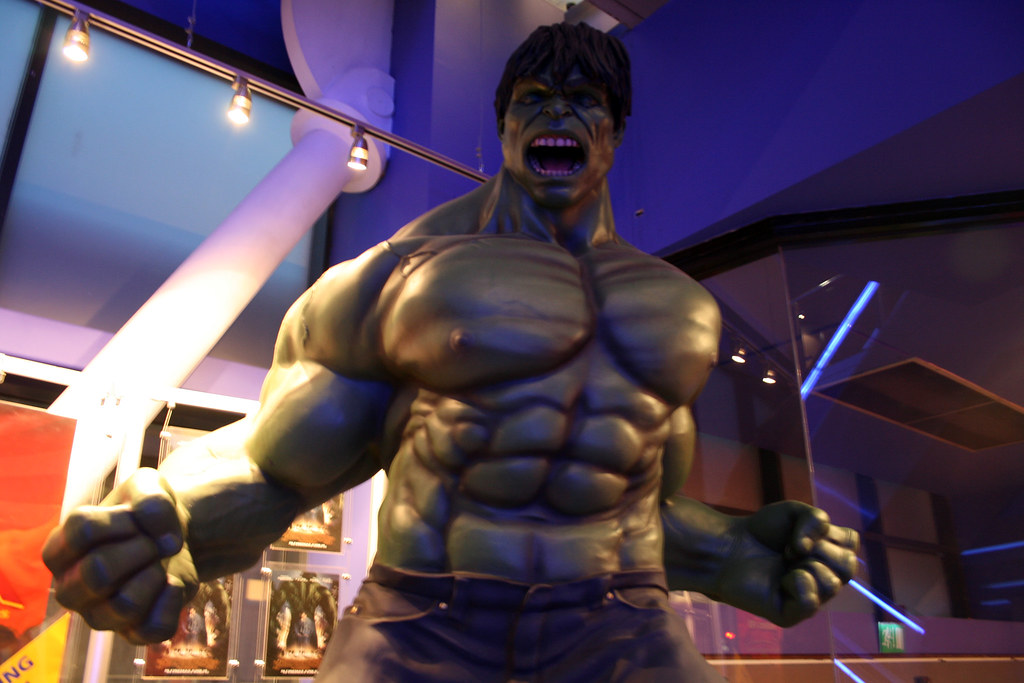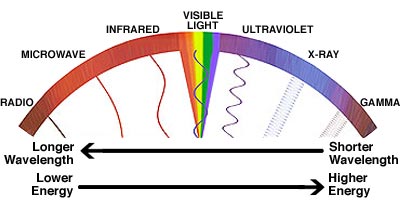AFP / Getty Images
The Civil Rights movement of the 1960s had a clear high point when Dr. King gave his "I Have A Dream" speech at the steps of the Lincoln Memorial 50 years ago in Washington, DC. If the march had taken place in current times, official photos like the one above would show an entire crowd with mobile phones and tablets, recording King's speech, tweeting, and uploading pics and videos to Instagram. The trolls would be out in full force on social media, delivering instant reaction to the speech and trashing King and the rest of the civil rights movement pioneers. Maybe even King would have a social media account managed by someone else, updating the account with segments from the speech soon after they were spoken. But in 1963, mainstream television was still in its early ages and a mobile phone was a pipe dream.
A few highlights of the tech scene in 1963 are below:
- NASA culminates its first spaceflight program Mercury by sending astronaut Gordon Cooper into Earth orbit. He completed 22 full orbits before returning home. The Mercury program, which had a goal of putting a human into Earth orbit, made a hero out of John Glenn when he became the first human to orbit the Earth the year prior (1962). 50 years later, many astronauts have been beyond Earth orbit to to land on the surface of moon. While we still haven't ventured past the moon to put our feet on another planet, we've sent various probes throughout the entire solar system and, in Voyager's case, beyond.
- The first episode of sci-fi cult classic of Dr. Who was broadcast in London., with William Hartnell as the first Doctor. 50 years later and the current reboot of Dr. Who is still going strong. Still waiting for a Doctor that's not white or male though ...
- Instant Replay is used for the first time during the live transmission of the Army Navy Game by its inventor, director, Tony Verna. 50 years later and we're able to create video on our phones and rewind, fast forward, and manipulate our videos in the same way that instant replay was intended for. Also, we have to deal with annoying commentating by sports announcers who usually replay the most horrible injuries over and over again.
- The television remote control is authorized by the FCC. paying the way for people to turn the TV on and off and change channels without leaving their chair. 50 years later and we are controlling our TVs with our phones, tablets, and WIi U Gamepads. Somehow, I still didn't have a remote for my TV when I grew up in the 80s though ...
The Atlantic put together a beautiful photo montage of 1963 which includes some of these tech highlights - check it out here!










